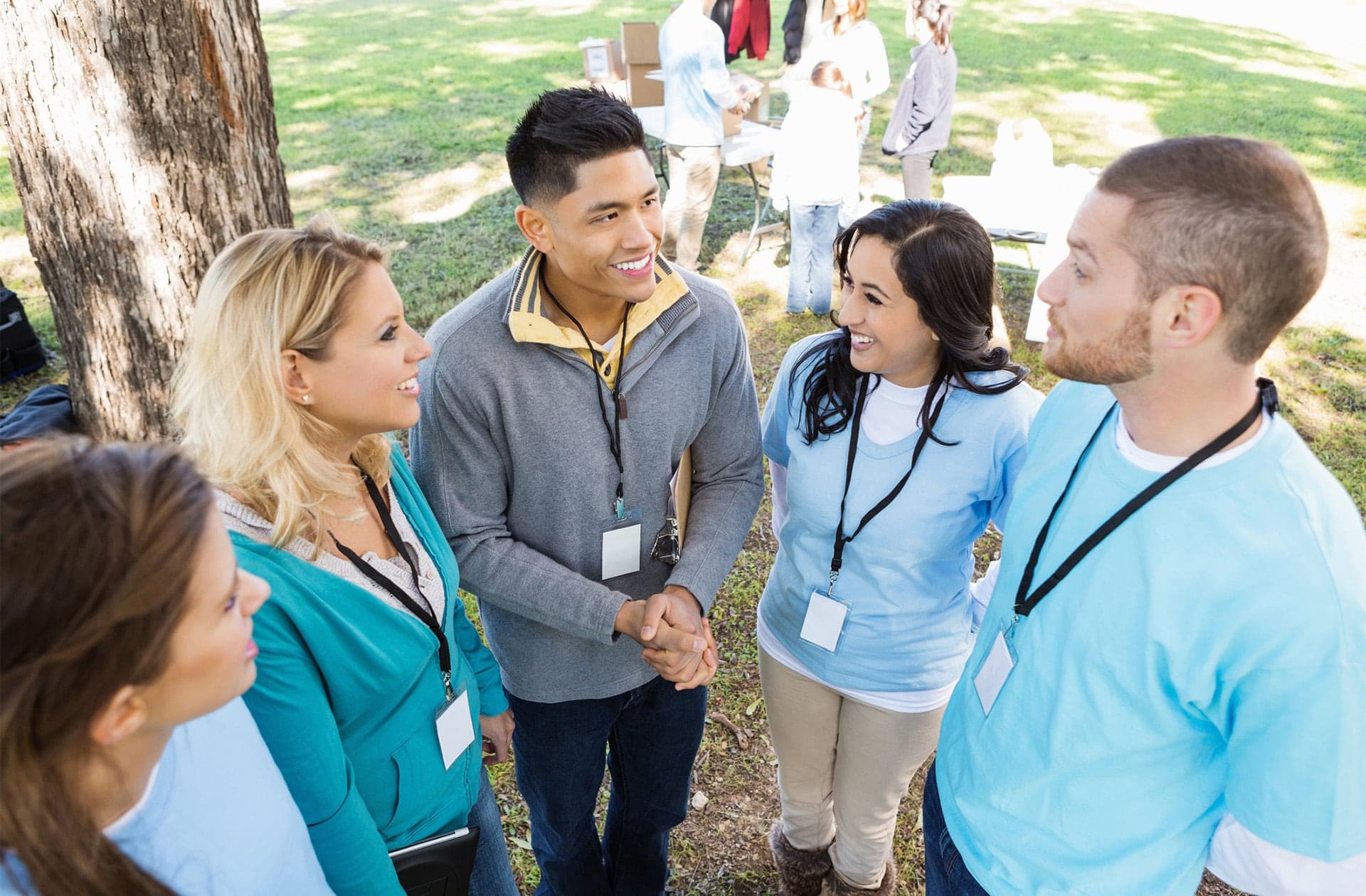

 I serve on the YMCA board in Chicago. My wife volunteers at a food bank near our home. Both organizations receive larger than average philanthropic support from our family, compared to the other organizations we support. This is no coincidence.
I serve on the YMCA board in Chicago. My wife volunteers at a food bank near our home. Both organizations receive larger than average philanthropic support from our family, compared to the other organizations we support. This is no coincidence.It is estimated by Giving USA that 65 million people volunteered their time to a nonprofit organization in 2012. Volunteerism is alive and well in the United States, thankfully, and nonprofits are wise to engage their volunteers effectively. Volunteers tend to be loyal donors, they are a potentially impactful source of intelligence and labor and, even though there are so many volunteers in the U.S., they are a precious resource and powerful indication of our shared commitment to philanthropy.
Similar to the tips I shared in an earlier post on engaging your board, here are a few strategies on how nonprofits can engage their volunteer base effectively:
Create role descriptions for your volunteers. Whenever possible, create role descriptions for volunteer committees and volunteer activities. It is our experience at Campbell & Company, in the words of our founder – Don Campbell – that most volunteers appreciate understanding “who is supposed to do what by when.” Clarity of role, how volunteers will be supported by staff, what the overall objective on any volunteer endeavor may be, the impact of volunteers’ activities, are critical elements of a role description that affirms the meaning behind a specific volunteer activity.
Create a diverse set of volunteer opportunities for a wide range of individuals. Many nonprofits are working hard to engage young volunteers, and this often requires rethinking how volunteers might want to engage with the organization. Likewise, it can be especially helpful to recognize that some volunteers might offer helpful professional expertise, while others might simply want to offer their free labor. All volunteers can potentially empower an organization to fulfill its mission more effectively, and creating a wide range of activities will result in a wider community of active volunteers.
Create a supportive environment for volunteers. Make sure there is ample staff to support volunteer activity. This can be a volunteer coordinator or a team member who has interest in dedicating time to volunteer management. It can be very frustrating for capable volunteers when the organization in which they are investing time appears uninterested in their support or too disorganized to make good use of their effort. The volunteer coordinator can also help identify potential volunteer leaders who can and will do more for the organization.
Create leadership opportunities for volunteers. One great aspect of volunteer programs is they attract individuals who want to have significant ability, want to make a difference, but haven’t yet figured out how to maximize their impact. Many, if not most, board members for nonprofits started their engagement as volunteers. By showing volunteers how they might do more, through volunteer leadership opportunities, an organization can cultivate a powerful corps of advocates across multiple functions.
Communicate to staff the importance of volunteers. Communicate to the entire organization how volunteers have helped impact the mission. It is common for some staff to not fully understand why the organization goes to great lengths to engage volunteers. In other cases, staff may feel “inconvenienced” to manage a group of volunteers. Most likely these are staff members who are unaware of the value of volunteers, and who need strong guidance on why a great volunteer corps is a key characteristic of a great organization.
Thank volunteers for their service regularly. Most volunteers don’t start volunteering with an organization with the sole intent of being publicly thanked. Rather, volunteers are usually looking for a meaningful and impactful engagement with the organization. It is important to articulate the impact volunteers are making – that what they are doing is imperative to the success of the organization. Oftentimes, if organizations forget to acknowledge their impact, volunteers will be left feeling unappreciated and questioning their role as a volunteer.
While these tips for engaging volunteers may seem elementary, we witness far too many examples of nonprofits failing to execute on the most simple – but sometimes challenging – aspects of volunteer engagement. These simple tips can help make your volunteers feel positive about their choice to help your organization, and this can result in powerful transformation of your organization’s ability to fulfill its mission.
We would love to hear how you are engaging your volunteers. Leave a note below to let us know.